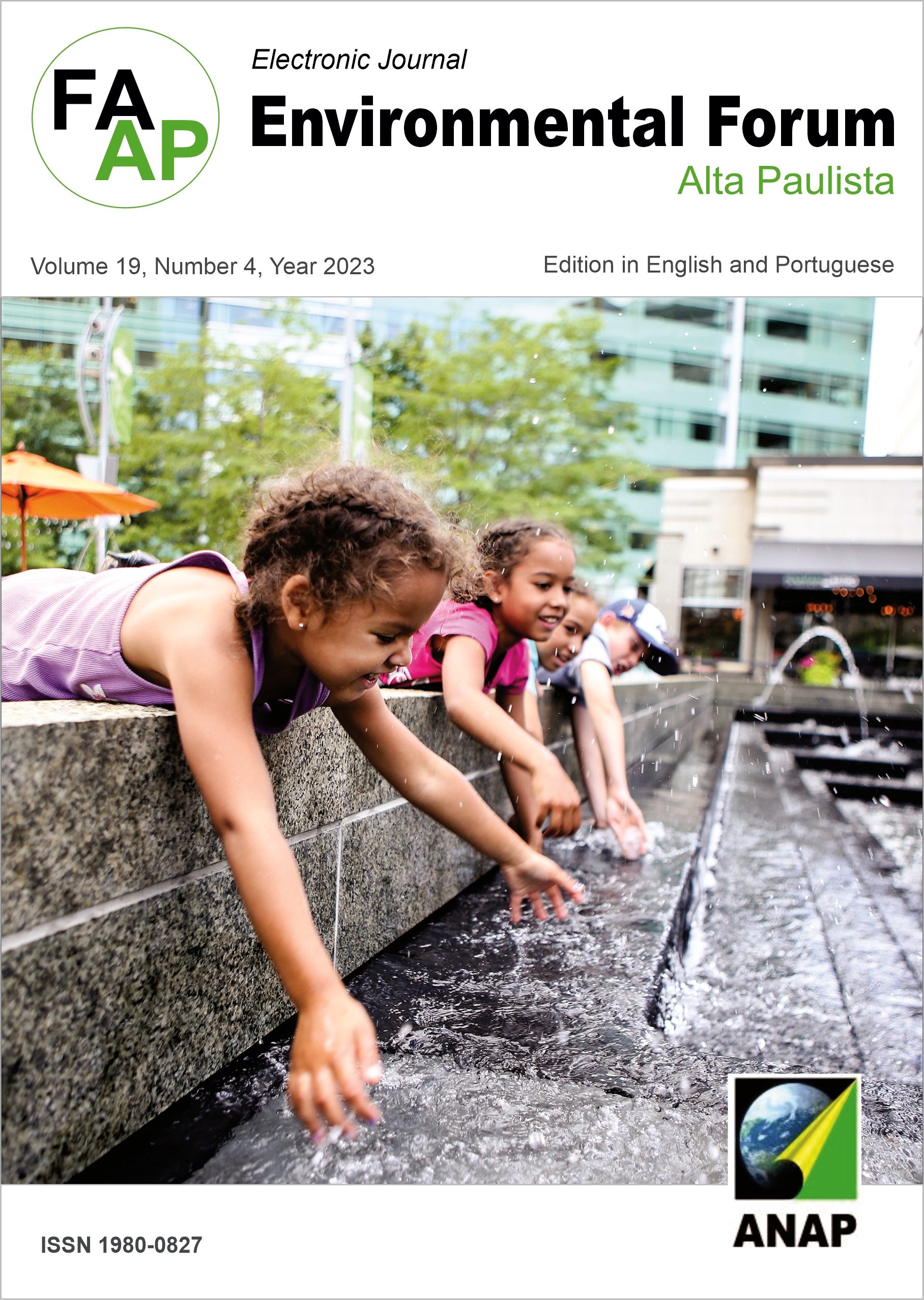Pó de rocha e substâncias húmicas na promoção do crescimento de mudas de chloroleucon dumosum
DOI:
https://doi.org/10.17271/1980082719420233672Palavras-chave:
Fabaceae, leguminosas, silício, crescimento radicularResumo
Substâncias húmicas (SH) e rochas silicatadas são fontes de nutrientes na agricultura, mas efeitos específicos destas substâncias sobre espécies arbóreas nativas ainda são pouco conhecidos. A aplicação destes insumos na produção de mudas para restauração depende da análise de seus efeitos sobre as várias partes das plantas, principalmente no sistema radicular, que tem um papel importante na sobrevivência das mudas após o plantio. Neste estudo, usamos dados morfológicos, anatômicos e de absorção de nutrientes para relatar os efeitos do pó-de-rocha e da SH no crescimento do Chloroleucon dumosum, uma espécie usada na restauração da caatinga. O experimento foi composto por quatro tratamentos, em cenários com presença e ausência de pó-de-rocha e SH de turfa na melhor concentração obtida em um experimento prévio. Os tratamentos foram repetidos nove vezes num arranjo em delineamento de blocos ao acaso (DBC). As sementes foram semeadas em potes (1,7 L) com substrato solo e areia (2:1), onde permaneceram por 60 e 90 dias. O pó-de-rocha promoveu a massa seca da parte aérea aos 60 DAT. Nos tratamentos que continham pó-de-rocha adicionado ao substrato houve uma redução da nodulação e os menores teores de fósforo no tecido da parte aérea. As variáveis de crescimento foram significativamente maiores nos tratamentos com adição do pó-de-rocha, com maiores médias aos 90 DAT. Quando associado à SH o crescimento foi mais acentuado. Não houve efeito significativo para N, K e Si.
Downloads
Downloads
Publicado
Edição
Seção
Licença
Copyright (c) 2023 Periódico Eletrônico Fórum Ambiental da Alta Paulista

Este trabalho está licenciado sob uma licença Creative Commons Attribution-NonCommercial-ShareAlike 4.0 International License.












